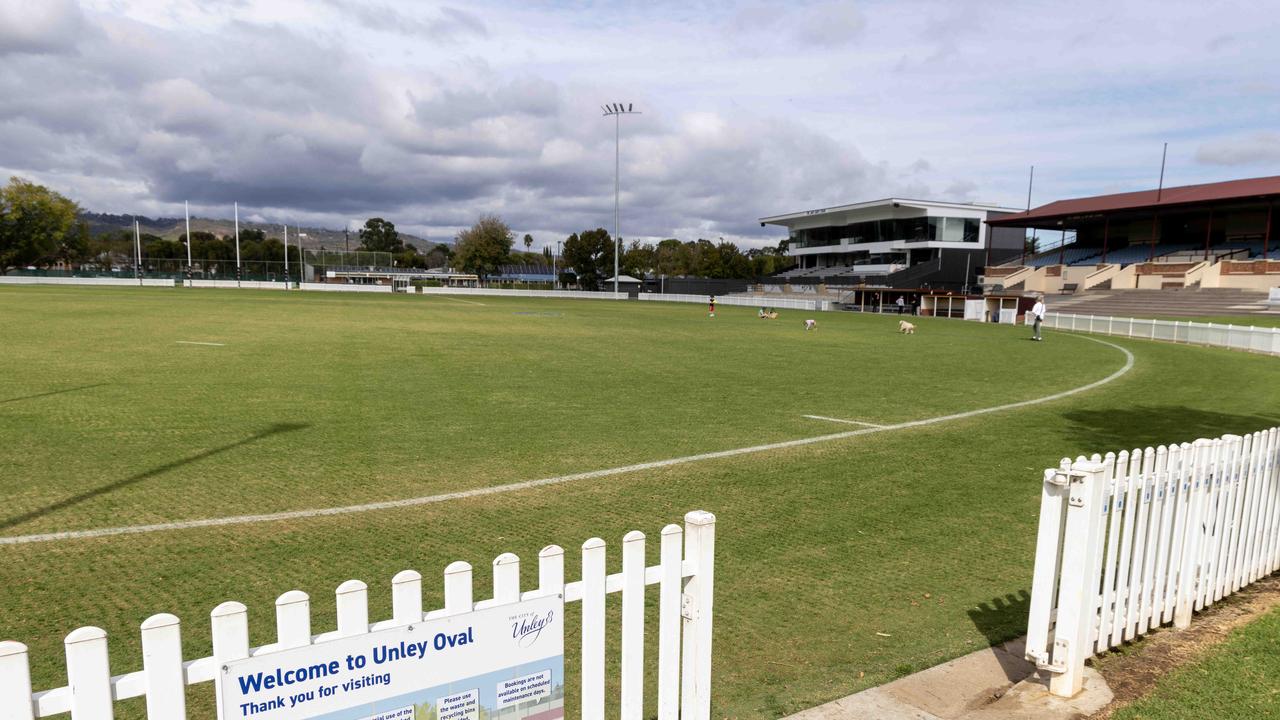Urban Development Institute Australia SA division calls for a new city plan for Adelaide
Authorities are failing to deliver suburbs and communities that protect South Australia’s liveability a business leaders says as his organisation pushes for a new city plan.
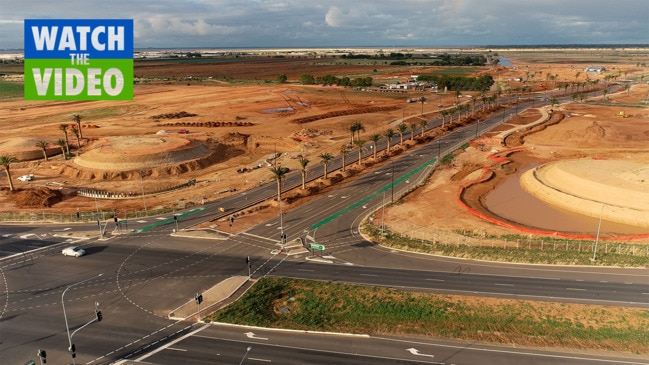
SA News
Don't miss out on the headlines from SA News. Followed categories will be added to My News.
South Australia needs to turbocharge development, attract skilled workers, fight NIMBYism and build on Adelaide’s reputation as one of the most liveable cities in the world, leading property groups say.
They are calling for a new planning and investment strategy to achieve those goals and rejuvenate the state.
The pandemic had helped to reverse the brain drain but more needed to be done to ensure the state capitalised on rising interest from investors in the state, Property Council SA chief executive Daniel Gannon said.
And the Urban Development Institute of Australia (UDIA) has called on governments to stop “abdicating” their responsibility for funding key local infrastructure to ensure growth suburbs and towns can cope with thousands of new residents.
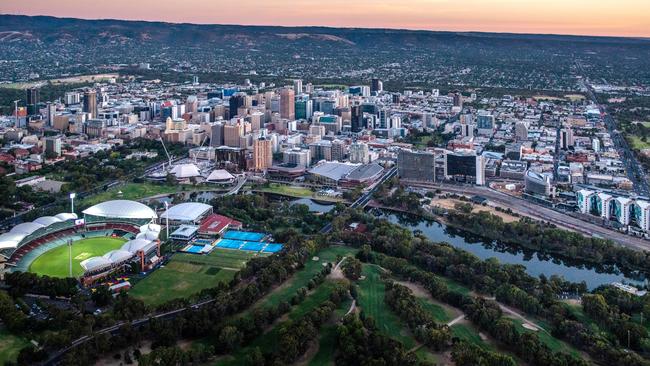
Mr Gannon said community attitudes towards development needed to shift to support a “reimagining of Adelaide”.
“We can either handcuff ourselves to historic inactivity – best symbolised by the former Le Cornu site in North Adelaide – or move forward, grow our reputation, grow our investment levels and grow Adelaide’s liveability ratings,” he said.
“If we want to keep growing SA’s economy, put an end to petty eastern seaboard scorn and create a generation of local jobs for school leavers, we need to roll out the welcome mat to investors and investment.
“To do this, we need to ditch the naval-gazing and accept that Adelaide’s skyline – in addition to the fearmongering NIMBYs – must keep growing up.”
UDIA chief executive Pat Gerace said the state’s leaders talked about liveability to “stir up a sense of pride, but we are really not spending enough time and effort to plan our city properly to protect and maintain that liveability, in particular housing affordability”.
In its pre-election manifesto, UDIA has called for a taskforce to deliver a new 30-year plan for Greater Adelaide, claiming the current planning system was not operating with “any genuine connection to what the majority of South Australians value most”.
“From a statewide perspective, we see that without necessary and thorough planning, development can adversely change the character of our existing suburbs and streets,” the UDIA said, arguing it was time to “turbocharge the positive change” for a more liveable state.
“We see the impacts of a lack of investment in public transport, roads and trunk infrastructure and how this neglect can easily lead to the same congestion and growing pains being witnessed interstate.”
It has previously warned about a lack of infrastructure to support the rampant housing growth in Adelaide’s northern suburbs.
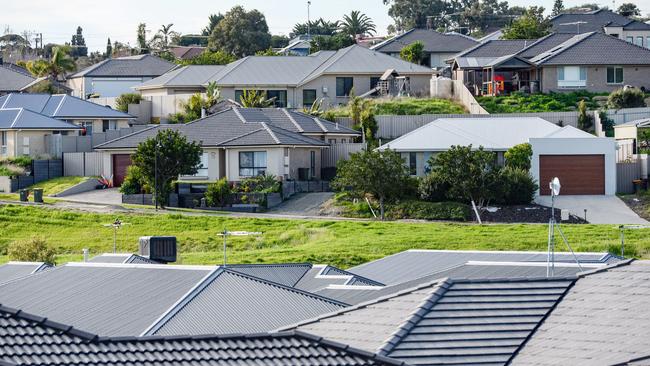
The UDIA said a “failure to plan for growth and the hidden cost of land and housing” was contributing to worsening affordability. Among the UDIA’s other recommendations were an urgent increase in land supply in greenfield and large-scale brownfield sites and a taskforce, led by the SA Planning Commission, to develop a housing affordability and ownership action plan.
The UDIA also flagged a “strategic commitment” to revitalise the CBD with more residents. SA Planning Commission chairman Craig Holden said an imminent review of the 30-year Plan for Greater Adelaide would consider the impact of Covid-19 on how people lived and worked.
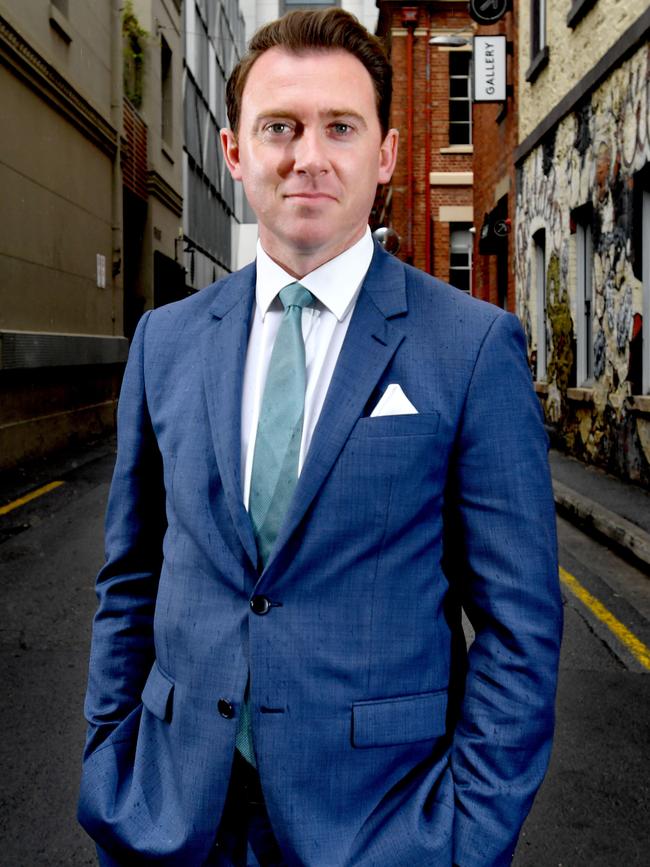

He said the commission would also deliver separate masterplans, over the next two years, for six regional areas in order to determine what economic and demographic changes had happened since 2010.
“Anecdotally, there has been a shift to key lifestyle regions, such as Victor Harbor/Goolwa and the Copper Coast,” he said.
Real Estate Institute of SA chief executive Barry Money, who supports a new plan for Adelaide, said the pandemic had brought more attention to SA as a place to work and live.
“Where once workers would follow employment, now we see employers – innovative and forward-thinking corporate giants such as Google, Amazon and Salesforce – chasing the workforce in Australia’s most liveable city,” he said.
He said challenges around supply and affordability of housing may also influence more people to look at apartment living in the CBD.
“I think first homebuyers … are starting to move back to apartment dwelling; the volume is certainly picking up.”
PORT LIFE PERFECT FOR QUICK COMMUTE
Jane Lomax is an example of a citizen who lives, works and plays in her own neighbourhood.
“I timed myself the other day,” the 42-year-old public servant said of walking to work.
“It took me two minutes and 36 seconds on foot.”
Ms Lomax bought in the new Dock One precinct in the heart of Port Adelaide in December after being forced out of the area to Mawson Lakes when her rental was sold.
“I just jumped at the chance to buy because I loved it so much,” she said.
Construction of hundreds of houses, new businesses, hotels and restaurants is bringing energy back to the Port after years of neglect.
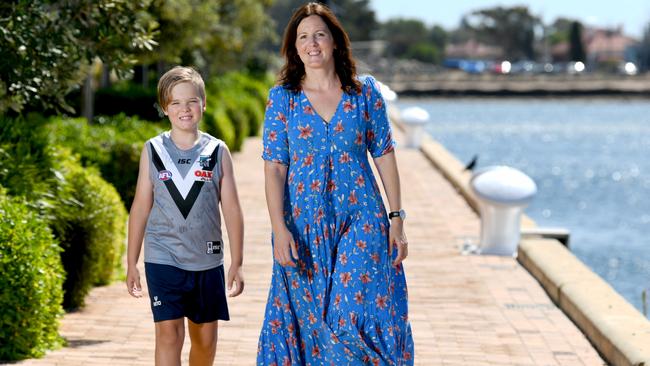
Ms Lomax said the suburb could again be a thriving metropolis, especially if trains were returned to the centre of the Port.
It would also make it easier for her son Deacon, 9, to attend high school closer to his father, who lives at One Tree Hill.
The Liberal Party canned the Outer Harbor spur line in 2019 after a review of the former Labor government project found its budget had risen from $19m to $40m.
Labor has pledged to return the project if re-elected.





